The Indian leopard is a subspecies of the leopard. It inhabits the Indian subcontinent a region that includes the countries of Bangladesh, Bhutan, the British Indian Ocean Territory, India, the Maldives, Nepal, Pakistan, and Sri Lanka. In India, the leopard population is believed to be 12,000 to 14,000 individuals. The Indian leopard is known for its ability to climb and is a capable swimmer.
Scientific name: Panthera pardus fusca
Conservation status: Near Threatened.
Appearance
Indian leopards are big cats with strong legs. They have short ears and yellow-grey eyes. The cat’s fur is yellow to golden brown and covered in spots and rosettes. The spots start disappearing near the cat’s white underbelly and inside the lower part of the legs. Compared to the leopard, the spots on the Indian leopard are more cloud-like and spread out over a wider area. Some Indian leopards are all black (melanistic).
Male Indian leopards are between 4 and 5 feet long, have an average tail size of 3 feet, and weigh between 110 and 175 lbs.
Location
Indian leopards are found in India, Nepal, Bhutan, and some areas of Pakistan. They typically inhabit forests, including rainforests.
Behavior
Indian leopards live solitary lives and are mostly active at night. They prey on deer, boar, hare and peafowl. In addition to climbing and swimming, they can run up to 36 mph, jump up to 10 feet, and leap almost 20 feet. In some regions, the Indian leopard mates all year round. Females are pregnant for 90 to 105 days. Litter size is usually between 2 to 4 cubs. Young leopards have greyish fur with muted spots. Cubs will follow their mother on hunts starting at three months and will typically remain with the mother for 18 to 24 months.
Conservation
Indian leopards are hunted for their. The biggest threat to their survival is the illegal wildlife trade. Other conservation issues include habitat loss and human conflict.

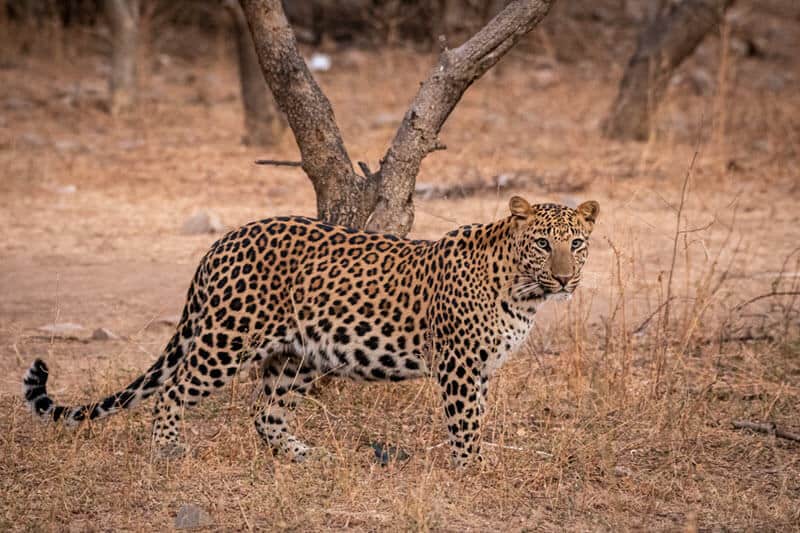
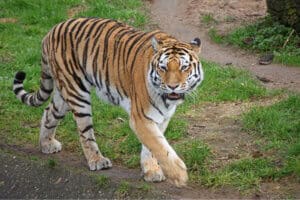
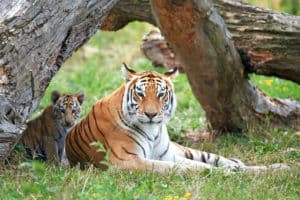
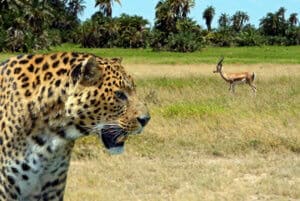

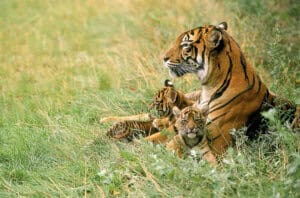

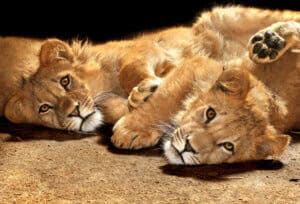
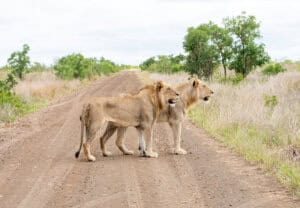
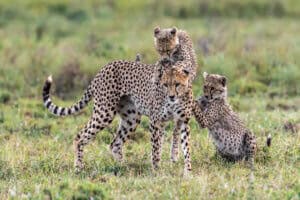


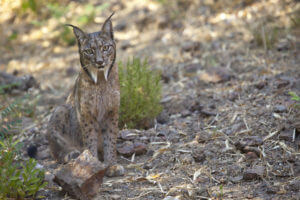




0 Comments